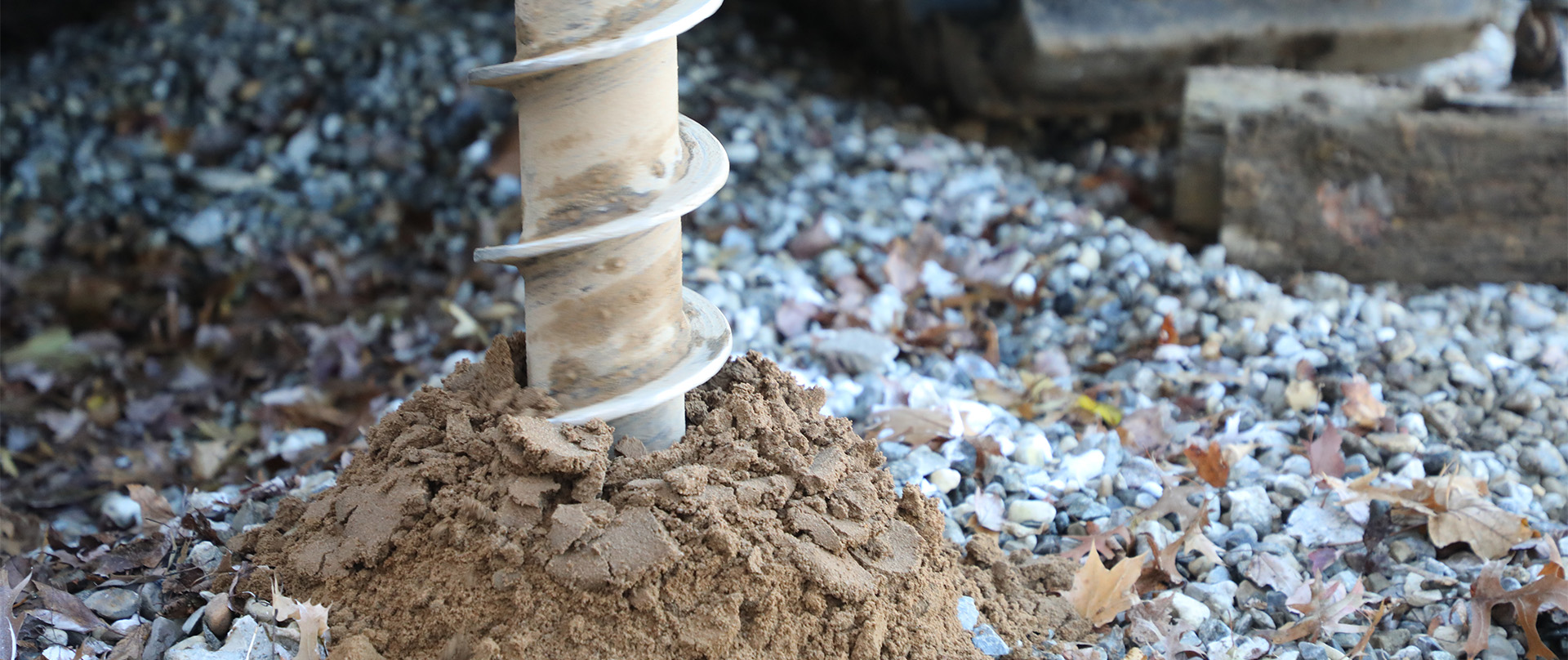Driving Liquid Petroleum Industry Growth One Pile at a Time
The following article originally appeared in the NJSPE December Update. For the original publication, click here.
When one of the largest independent liquid petroleum products, pipeline, and terminal operators in terms of volume delivered in the United States required geotechnical engineering excellence, French & Parrello Associates (FPA) was ready. The confidential client has 134 terminals spread among 27 states, including one in Bayonne, NJ, which has the capacity to store more than 1.68 million barrels of crude and refined petroleum products, and is critical to the firm’s success.
“That is why the project to maintain and rehabilitate the dock at this terminal is so important,” said French & Parrello Project Consultant Robert Knotz, PE. “This is an effort where we are providing geotechnical engineering services on the water to ensure the tanker mooring and berthing structures are able to handle the load requirements necessary to withstand tankers bumping into them as they moor into place to be loaded and unloaded with product.”
Continued Knotz, “These tankers that carry liquid products around the globe are huge, requiring extremely large piles to be installed into place as the mooring and berthing structures, which are large steel piles. The piles need to be engineered to withstand the weight, loads, and movement of the tanker on the water.”
FPA’s geotechnical expertise was sought out by Anchor Consultants, a Bowman Company. Anchor Consultants is providing the structural engineering for the construction of new pile supported mooring equipment and access structures in the Newark Bay within the location of an existing dock.
FPA’s responsibilities include performing a Geotechnical Engineering Assessment to facilitate the planning, design, and construction of the pier improvements, including a subsurface exploration program, performing an engineering evaluation of the subsurface conditions, and preparing a geotechnical report. During the subsurface exploration program, FPA advanced a test boring through the existing nine-inch-thick concrete pier deck. The test boring was advanced to a depth of approximately 65 feet below the existing mudline, which is about 45 feet below the pier deck and water surface.
FPA was able to provide a crucial time-saving advantage by having a full-service, AMRL-certified testing laboratory located at the firm’s headquarters. “We tested soil samples at our in-house soils laboratory and were also able to store them for the client during the review of and for a specified period after the geotechnical report was issued,” Knotz said.
The various laboratory testing performed verified field classifications and determined soil index properties to facilitate pile capacity analyses.
The subsurface exploration program served as the basis for FPA’s engineering evaluation, which resulted in:
- Selecting the appropriate deep foundation systems for the dock improvements;
- Recommending appropriate pile/drilled shaft foundation types for different vertical capacities;
- Providing lateral and uplift capacities;
- Explaining the merits of each system and recommending the most technically appropriate and cost-effective deep foundation system;
- Providing seismic design criteria for use in structural design, including seismic site class, which included assessing the site based on encountered soil types and standard penetration testing values; and
- Providing soil parameters, including unit weights, angle of internal friction, and cohesion for the various soil strata encountered.
“At the end of the day, the most impressive thing is the sheer size of the elements involved from the piles to the mooring structure to the tankers,” said Knotz. “FPA has done a significant amount of port work for industrial-based clients, but this project is one I’ll remember.”




